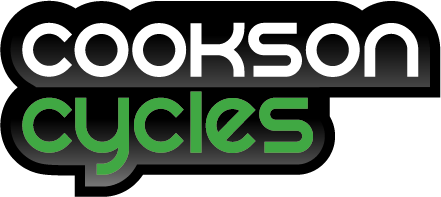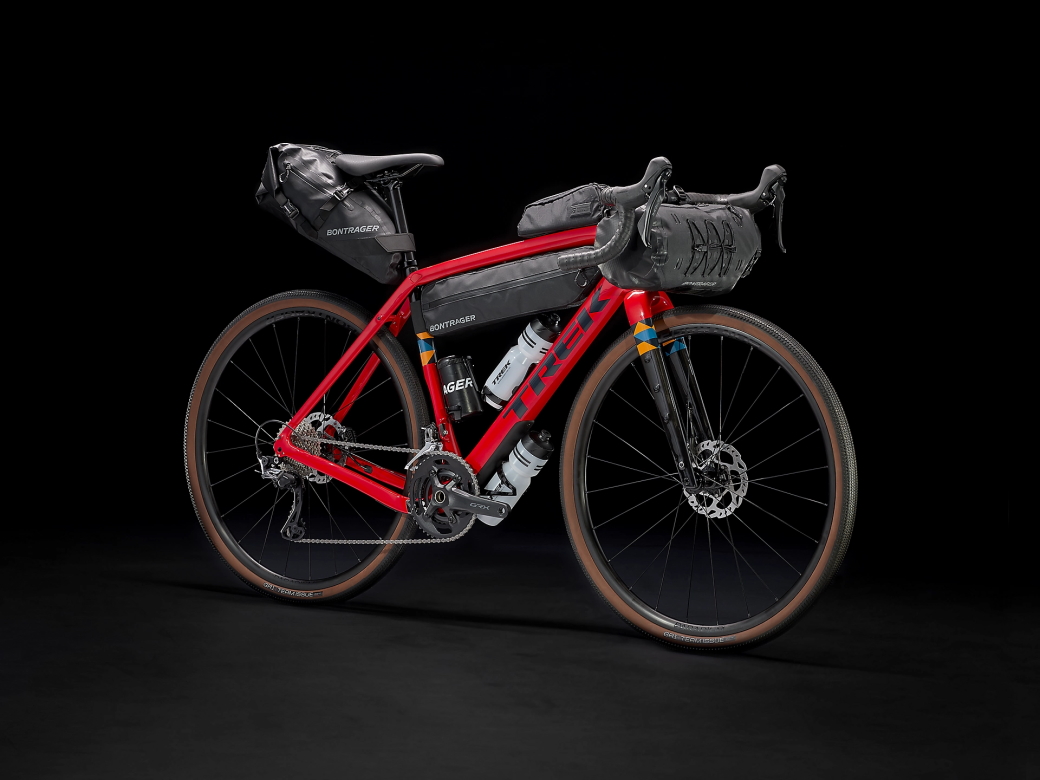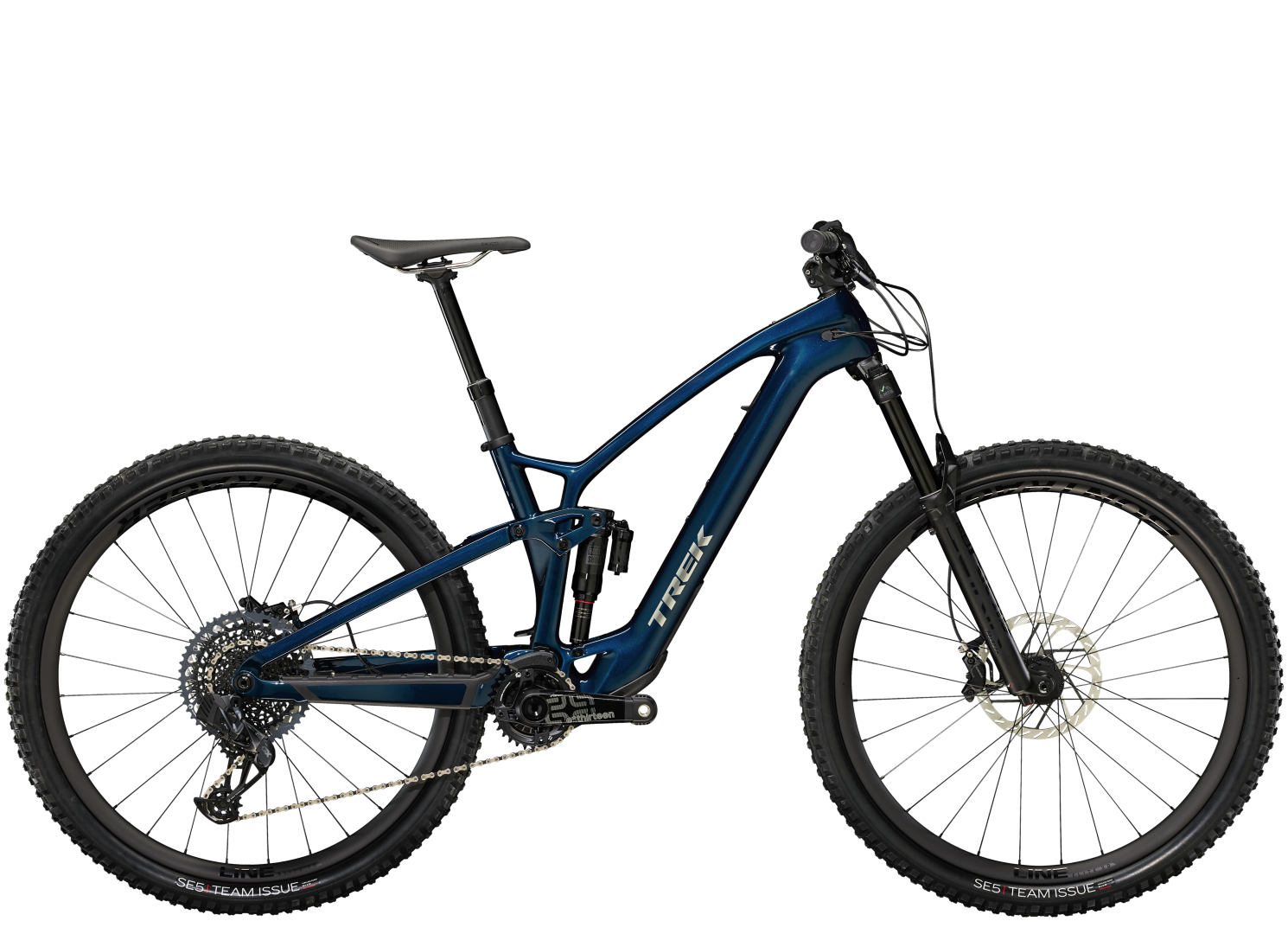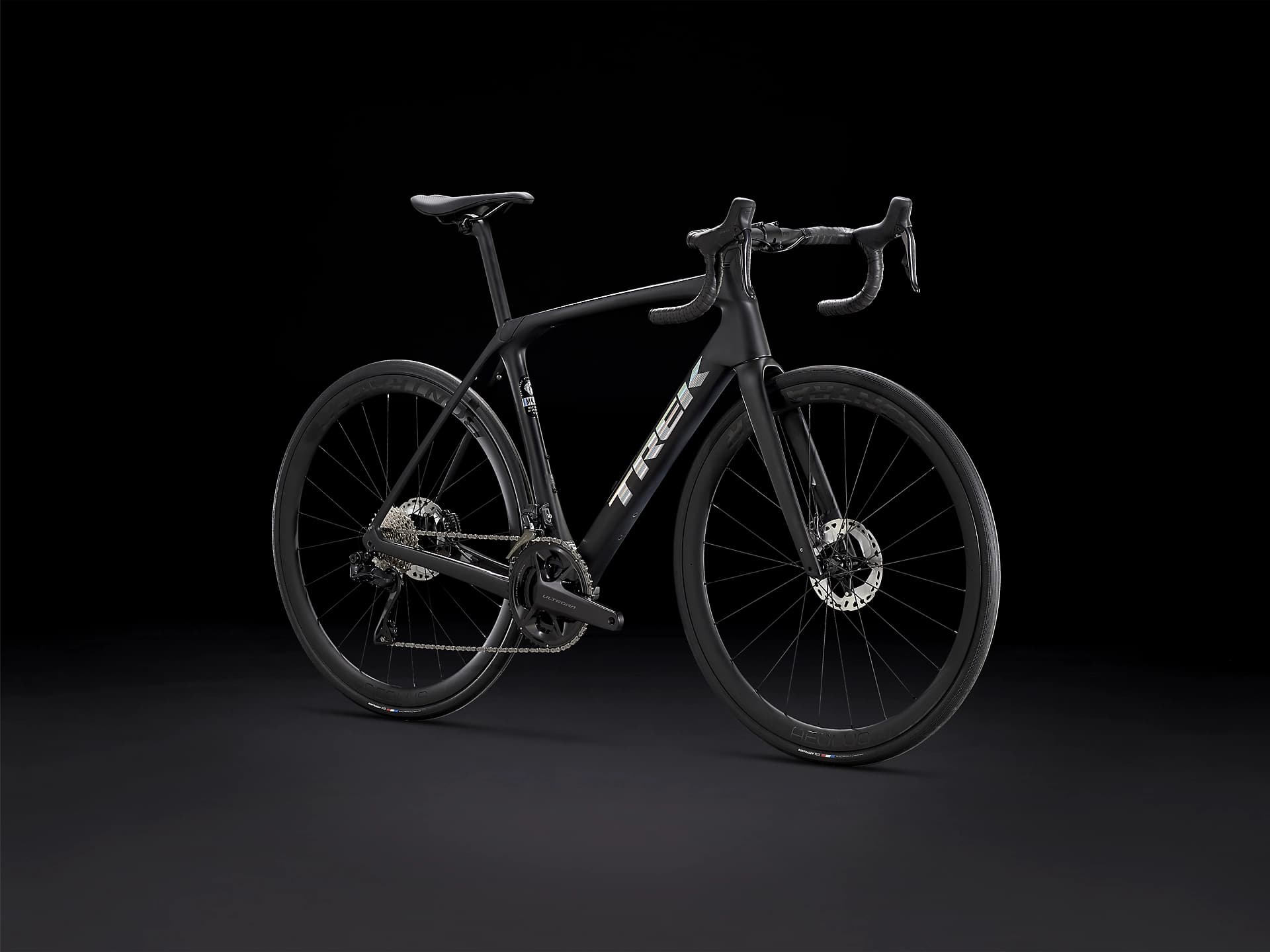Everything You Need to Know about Ebikes
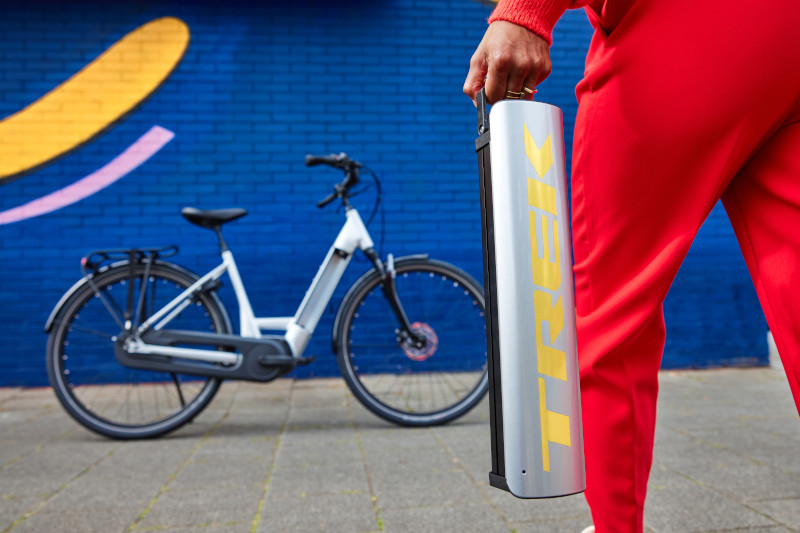
Everything You Need to Know about Ebikes
Cycling has grown in popularity over recent years. The combination of a healthy way to travel, an efficient way to get around cities and large towns, and the more eco-friendly option mean people are seeing the benefits of cycling all around.
However, some people are put off by the prospect of biking uphill in particularly hilly areas, or their capabilities of travelling long distances on a bike. In those instances, an ebike may just be the answer.
What are ebikes?
An ebike, or electric bike, is just like a regular bike, but with a motor and a battery. This battery is rechargeable and can be charged once back home with a regular 3-pin socket. Some ebikes will have removable batteries which can be charged separate from the frame, some will require the bike to be parked close to a power source to charge and some have both options.
A bike is considered an ebike or electric bike when it assists with the process of riding, not when it propels you on its own. You still need to pedal the bike yourself to get yourself moving along.
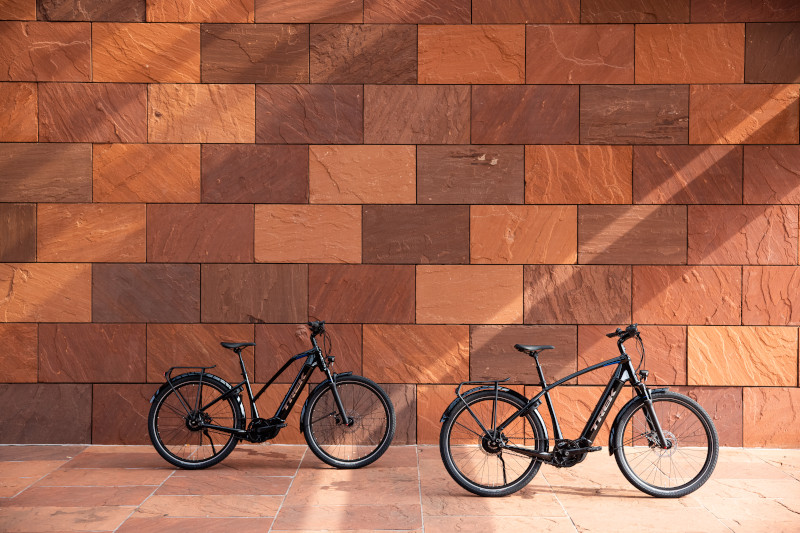
How do ebikes work?
Ebikes work by providing more torque when you pedal. The motor calculates how much effort you are putting into riding and depending on selected mode assists you along with various levels of support.
It is a slow, consistent power that improves the speed and lowers the effort of your ride, without propelling you forward.
Ebikes come with controllers, usually on the handlebars, which allow you to control the power output and let you decide how much assistance you want on your journey. This is also where you’ll find out how much battery power you have left. Several models go as far as integrating with your smartphone, like the Trek Rail 9.8.
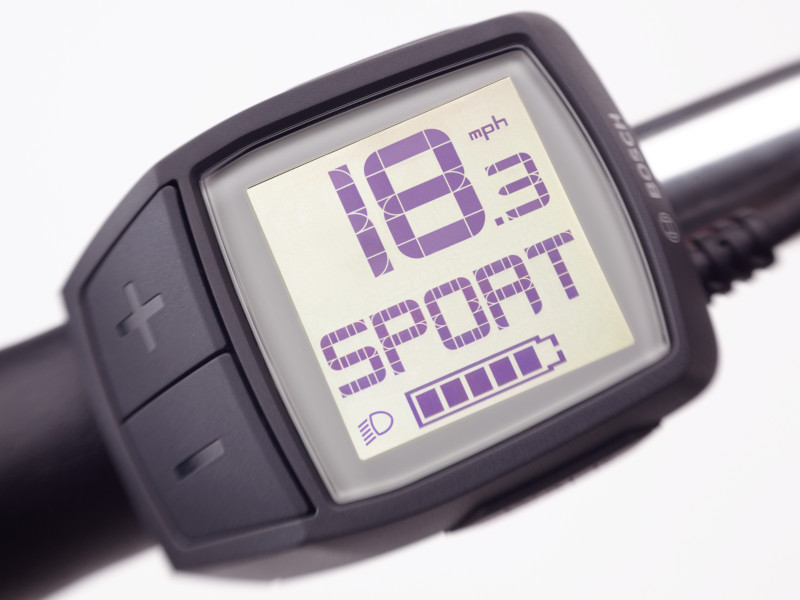
Are ebikes legal?
There are a lot of legalities around ebikes, so manufacturers and owners have to comply with the law when they make or own one. An ebike has to be limited to 15.5mph, if it provides electrical assistance when the bike is travelling over that speed, it will be considered illegal. If the bike generates more than 250 watts of power or provides motor assistance without the rider pedalling, then it is considered within the same legal framework as a motorbike or a moped.
An ebike that is legally compliant can be ridden anywhere a none powered bike can be and that the rider must be over 14 years old. However, in some cases, the rider can be under 14 if they are off-road.
Do ebikes have a throttle?
As ebikes are only considered ebikes when they assist the rider, they do not need a throttle to propel the rider forward. A throttle places a bike into the moped or motorbike classification, and therefore it needs registering with the DVLA. In the UK ebikes don’t have a throttle, but in some other countries, you may find models that do.
.jpeg)
How much is an electric bike?
An ebike can cost as little as £1,500 and as much as £14,000. The latest models, with all the expected tech, can set you back a fair bit. For example, the eagerly awaiting Trek EXe XX1 AXS 2023 will come with a price tag of £13,250, but its lightweight frame, impressive suspension and small but mighty TQ-HPR50 motor deliver an amazing experience.
On the other hand, our Trek District+1 2023 model is available for just £2275 and offers a fantastic low-maintenance solution for getting around the city.
The good news is that ebikes aren’t expensive to run. They are certainly cheaper than a car with no tax or petrol costs. Of course, you will need to charge the battery but that cost is minimal compared to petrol costs. It’s not a legal requirement to insure them, but you might want to as it can protect from theft.
Why are ebikes so expensive?
What sounds expensive for some, isn’t for others, and a lot of the time you need to consider what you are getting for your price tag. Ebikes take time to engineer and require more parts than standard bikes, so of course, they are going to be more expensive. Motors and batteries are both costly items.
When you compare them to other items with motors and batteries, they don’t come in as expensive. Mopeds start at around £2500, the cheapest motorbikes start from around £3000 and you can’t buy a new car for less than £10,000.
With ebikes, you get what you pay for and you’ll get more improved features with the higher price tag. If you are looking for a sporty model with a lightweight frame and the best motor power, then you will find these cost more.
Thankfully, when you buy an ebike from Cookson Cycles you can choose from our ebike finance option, helping you spread the cost of your purchase over 6 to 36 months, rather than trying to pay for your model outright, or if you’re employer offers a salary sacrifice Cycle to work scheme you can get a great saving and spread your payments out too!
You May Also Like
© Copyright Cookson Cycles 2024 | Powered by Push.
